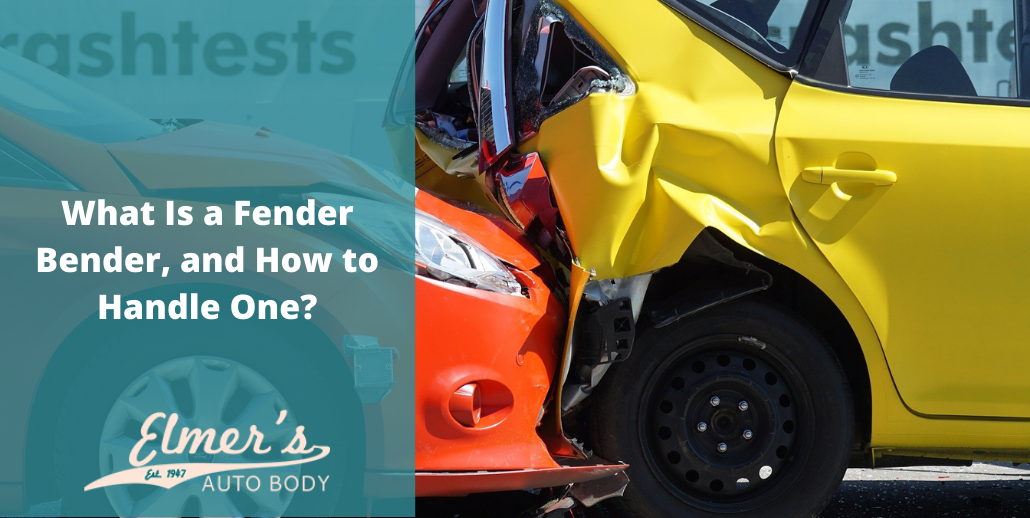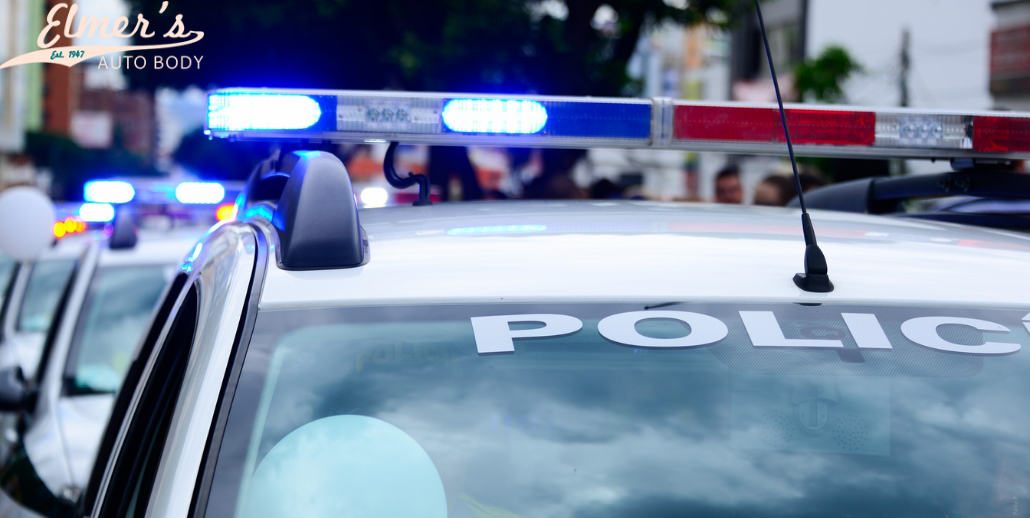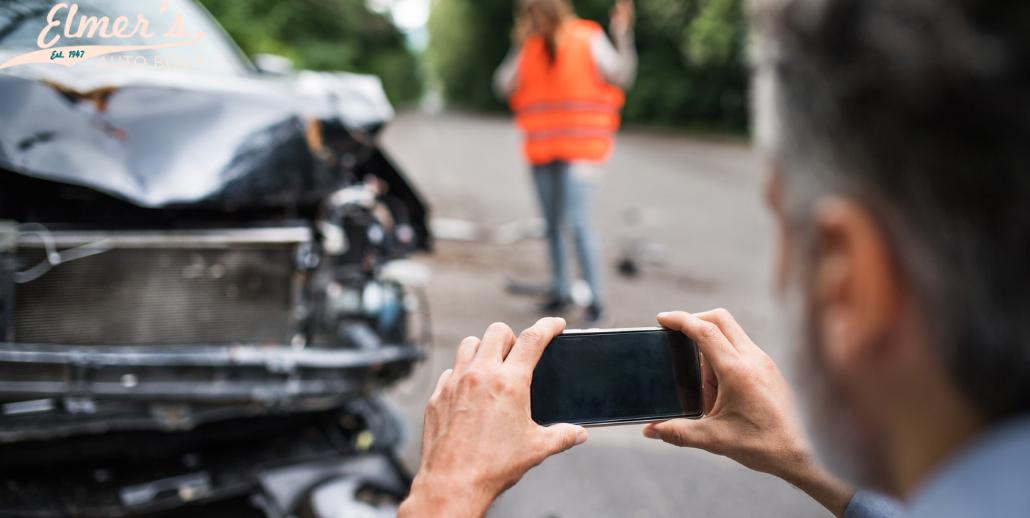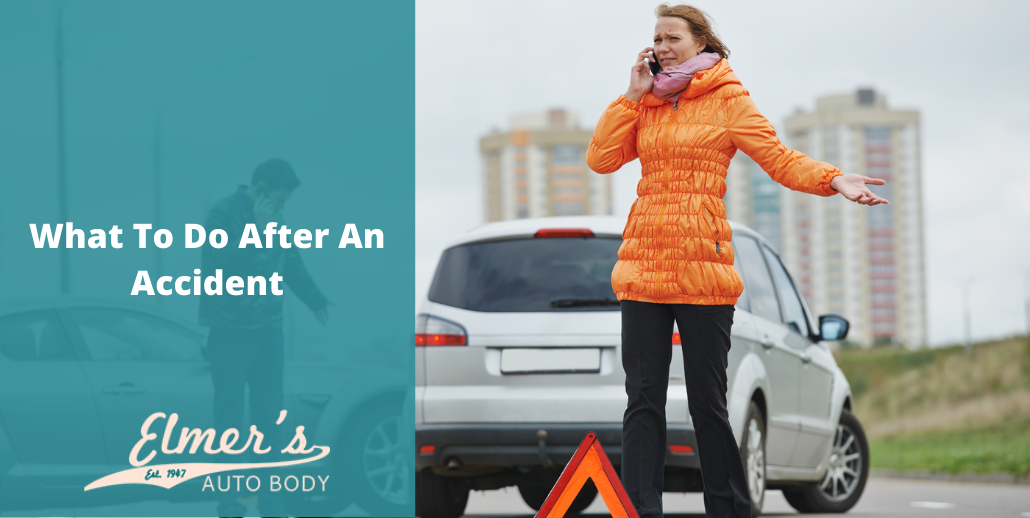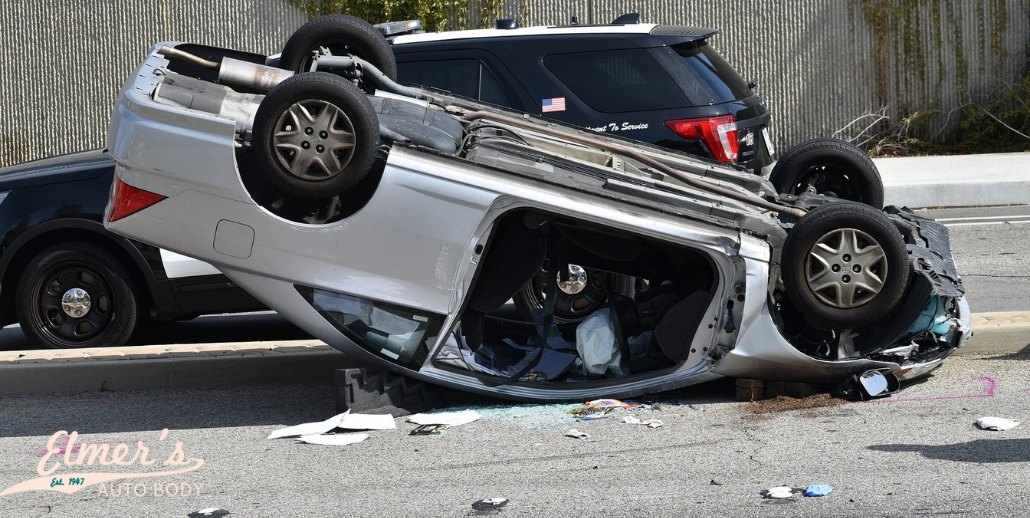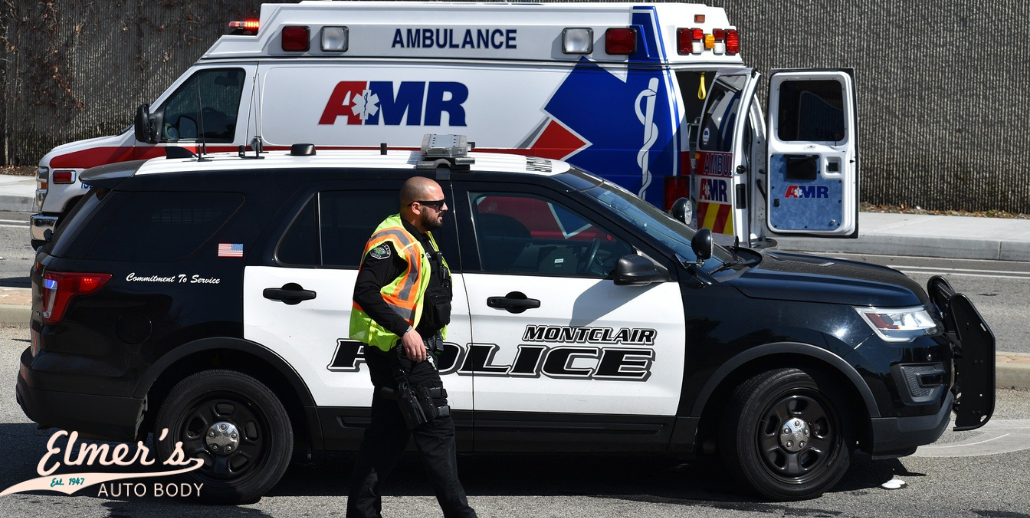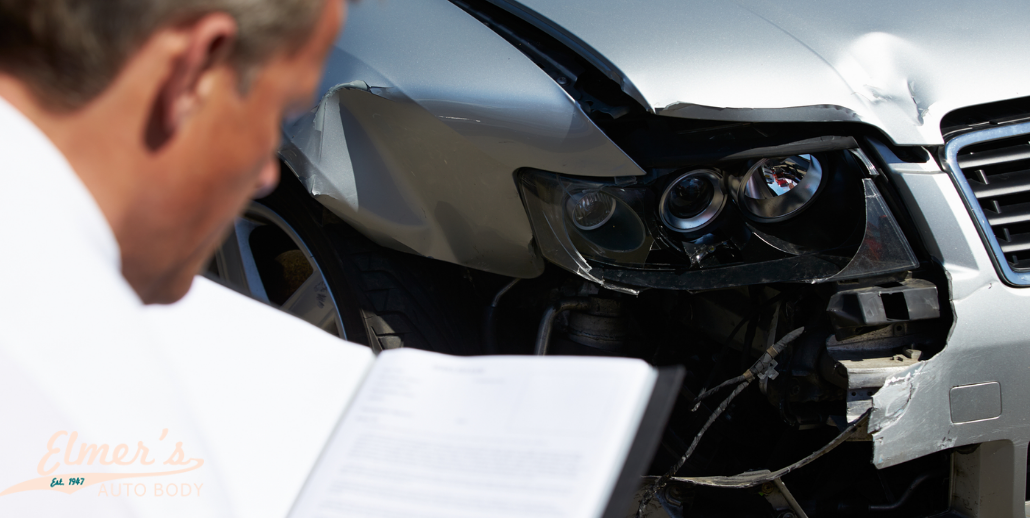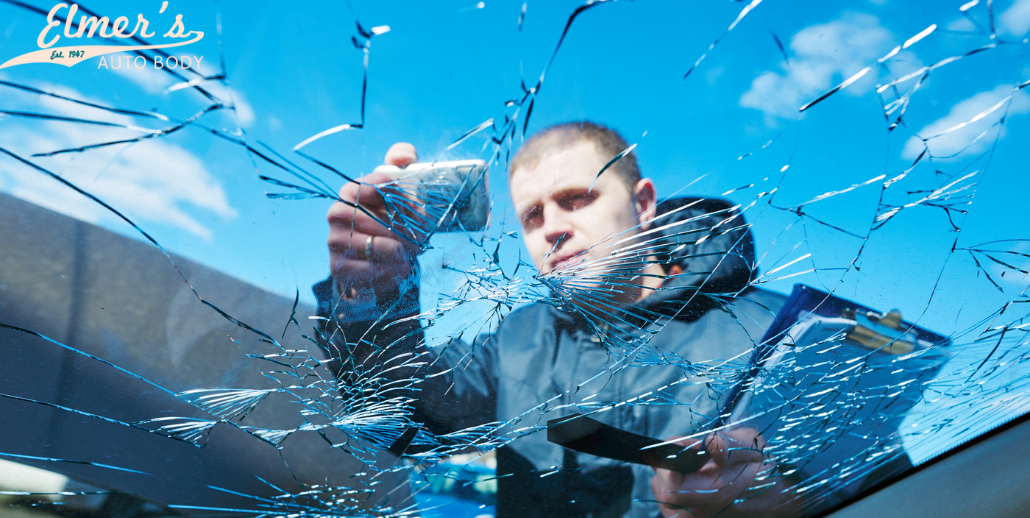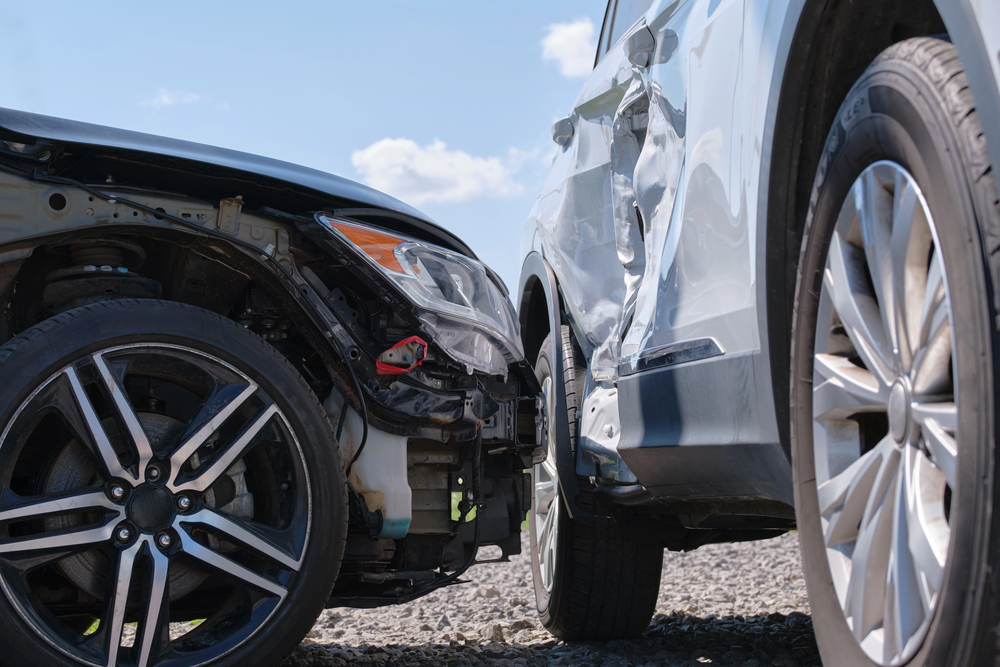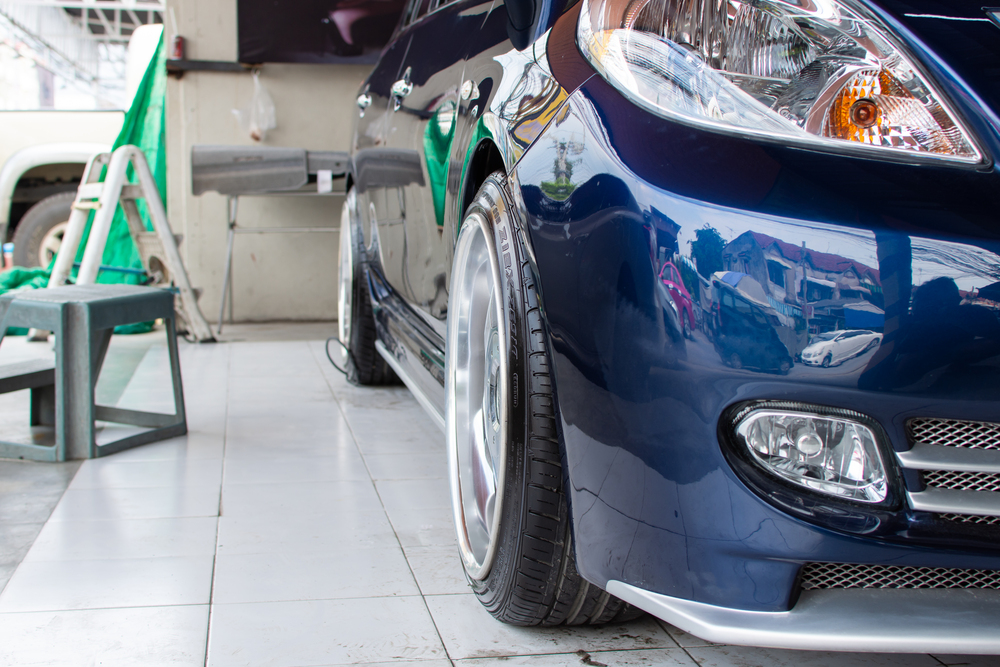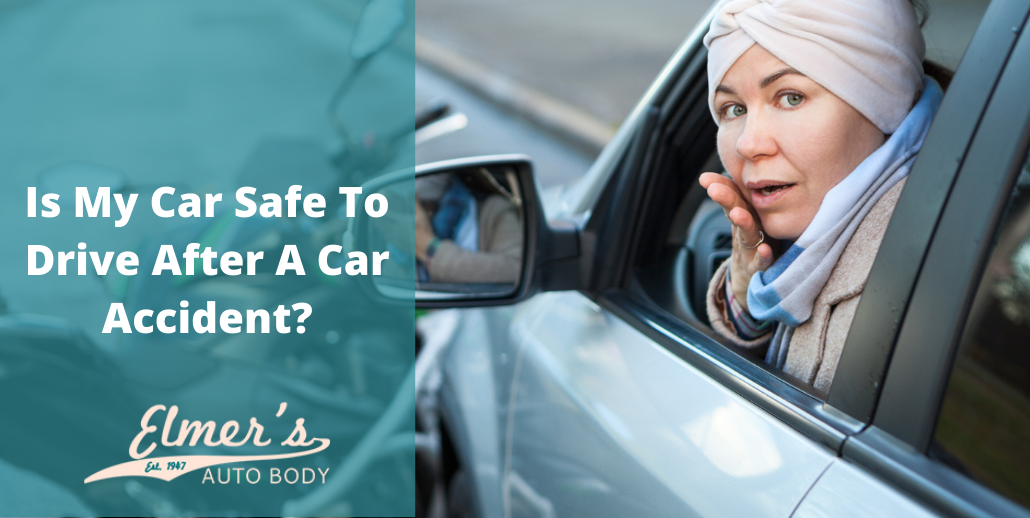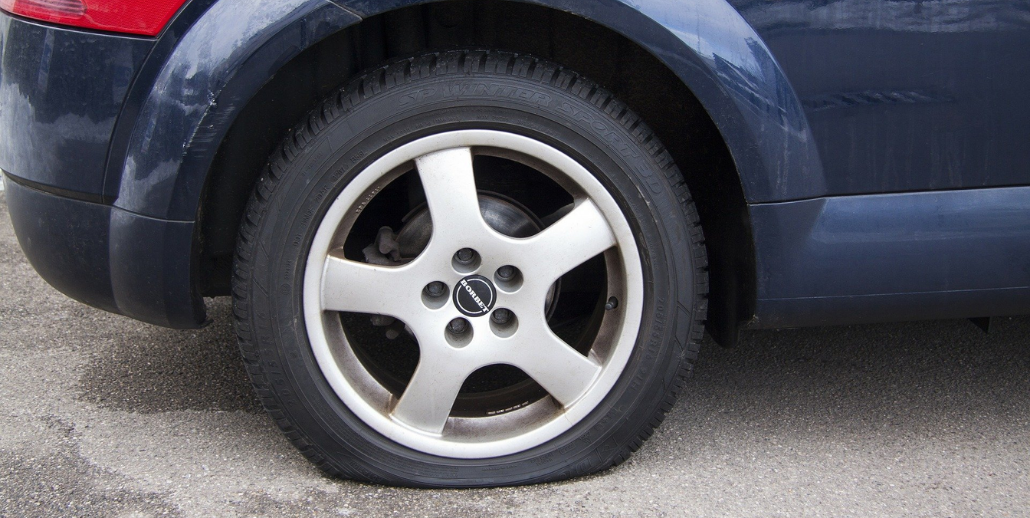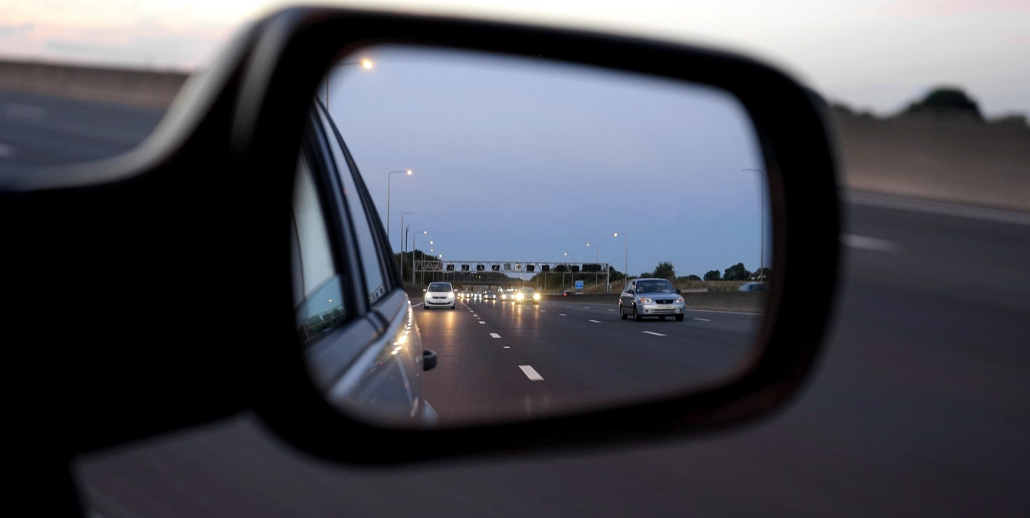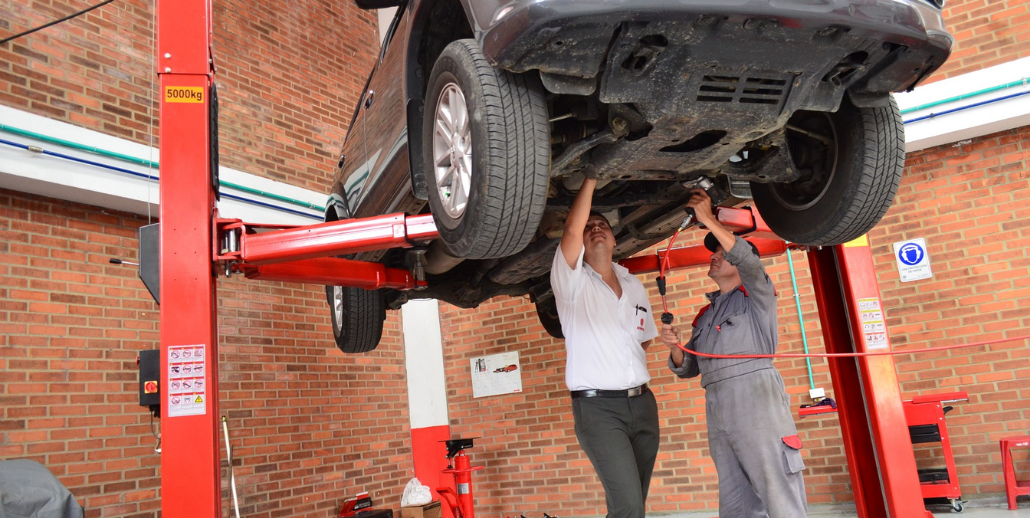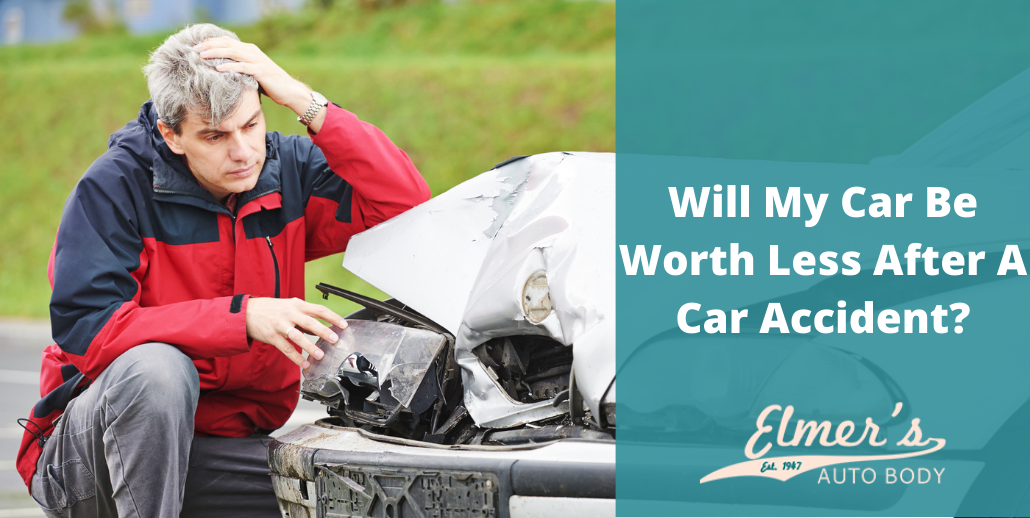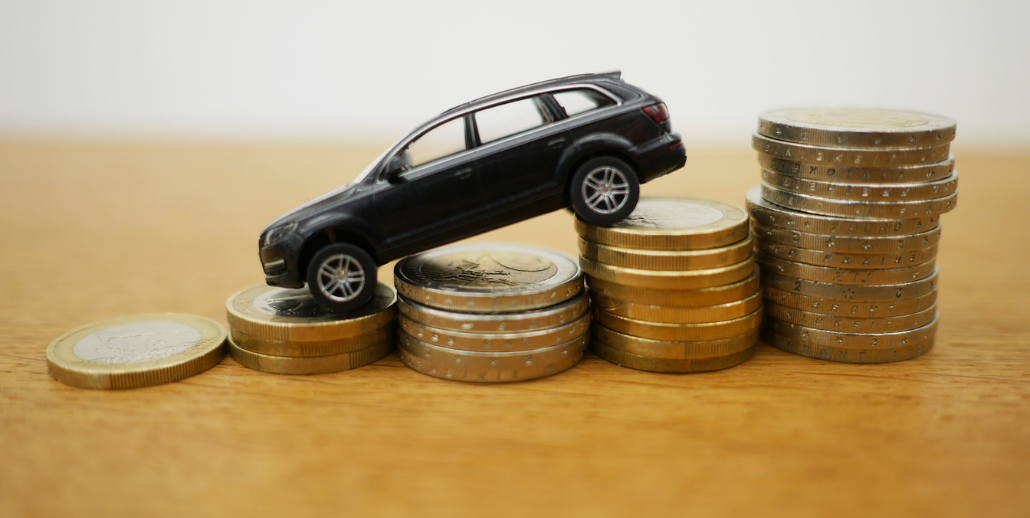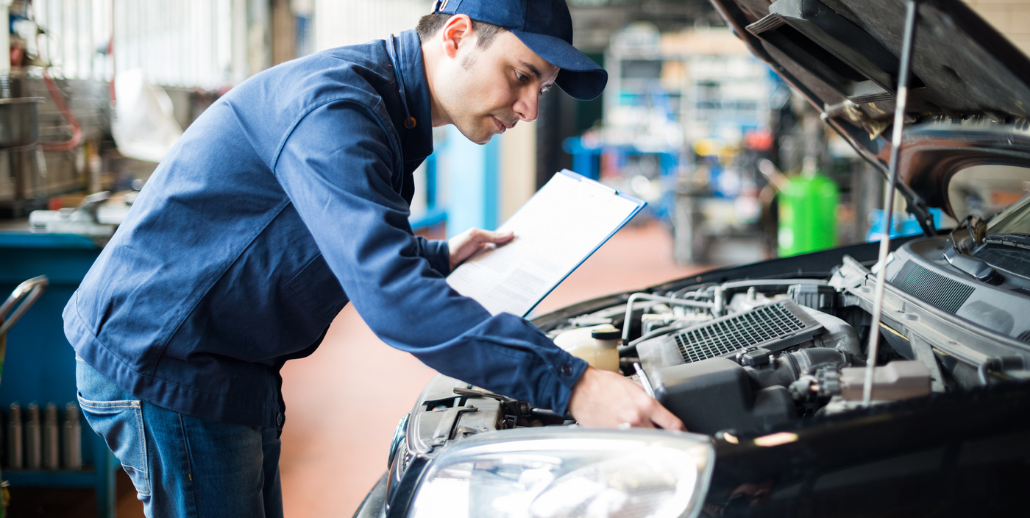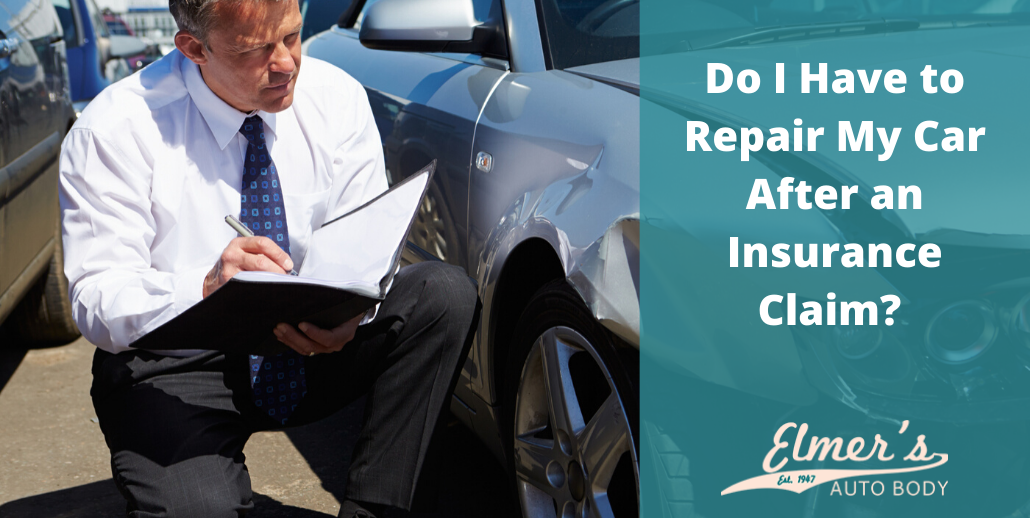When an accident occurs at a low speed, it is often considered a fender bender. The vehicles usually sustain most of the damage to the fenders. As a result, these vehicles need to visit a professional body shop for a fender repair. If you are worried about a fender bender, have no fear. Here are a few things you can do to manage the accident’s impact and get back on the road.
Causes Of Fender Benders
No matter the cause of a fender bender, you need to know how to handle these accidents. Fender benders can occur in a variety of ways. It is often the result of distracted driving. A sudden stop in traffic is the leading cause of most fender benders. Blindspots can also lead to an accident. For example, a driver backs out and collides with another car. These everyday situations can cause an accident.
How To Deal With A Fender Bender
Unfortunately, there is no standard way to deal with a fender bender. However, if you treat it like any other accident, you can move forward as quickly as possible. You can reduce your risk of a fender bender by avoiding any distractions, keeping your eyes on the road, and parking your car in a safe space. Despite all these precautions, a fender bender can happen at any time. When you know what to do in an accident, you can keep your composure to handle this stressful situation.
Steps To Follow After A Fender Bender
A fender bender can be a jarring experience. Here are a few things you should do to keep safe during this time.
Always Pull Over
After you have been hit, you want to stop your vehicle and flip on your hazard lights. It is a legal requirement in most states to stop after an accident. You should pull out of the driving lane and proceed to the shoulder or side of the road. If you have hit the car in front of you, make sure to follow the driver’s lead. For those hit from behind, signal to the other driver to follow your vehicle. You want to find a safe spot to exchange information and examine any damage. If you cannot move your car, stay in the vehicle and notify law enforcement.
Check On Driver And Passengers
Fender benders can cause injuries. You want to check on everyone involved in the accident. If there are injuries, do not move the person and immediately call 911. In some cases, you will not feel pain right away. However, after a few days, injuries in the neck and back can start to show up. You might even have issues with dizziness and soreness. It is important to visit your doctor after the accident. You want to get checked out by a professional within a day of the collision.
Call The Police
You want to call the police after a fender bender. Even if you cannot see any damage to your vehicle, it is vital to get the police involved. Filing a police report can help during the insurance claim process. Depending on the jurisdiction, fender benders will not warrant an immediate response from law enforcement.
Eyewitnesses Are Helpful
If anyone saw the fender bender, you want to get their information. With help from a witness, you can have an unbiased view of the accident, and it can settle disputes between the involved parties. It is vital to jot down the name, address, and phone number of these witnesses. When you have to deal with the insurance company, the claims adjuster usually requests this type of information.
Exchange Information
Before the police arrive, it is vital to write down the driver’s name, address, phone number, car description, license plate number, and insurance information. You want to quickly collect this information because some drivers might have a change of heart and refuse to cooperate. It is wise to ask for their driver’s license and insurance card to get their information. Try to gather as much information as possible.
Take Photos
Everyone has a camera on their smartphone. After the fender bender, you want to take photos of the damage. In most cases, the insurance company will ask for those photos to determine which driver was at fault for the accident. If possible, make sure to take a close-up picture of the road conditions and all the vehicles involved in the fender bender. When you have to deal with an insurance claim, you will be thankful for these pictures.
Call Your Insurance Company
It is crucial to call your insurance company and file a claim. You never want to handle repair costs with the other driver by yourself. In some cases, the driver can experience injuries after the accident. When that happens, you might be liable for any medical expenses. You always want to report these types of accidents to your insurance company.
Get Your Vehicle Repaired
Once you have submitted a claim, you can get your vehicle repaired. In some cases, the entire fender repair cost will be covered by the at-fault driver’s insurance company. However, you want to verify your financial responsibility with your company. After that, make sure to take your car to a professional auto body shop. They will help repair your vehicle and make it look as good as new.
How To Prevent A Fender Bender
If you want to prevent an accident, you need to practice defensive driving. There are a few things that you can do to limit the chance of a fender bender, such as:
- Pay attention to traffic signs.
- Turn off your phone as you drive.
- Avoid tailgating and keep a safe distance from other cars.
- Drive slowly in snow, rain, and other inclement weather conditions.
Looking For An Auto Body Shop Near Me?
If you have been involved in an accident, you want to find the right shop for your vehicle. At Elmer’s Auto Body, we can handle a fender repair. Our team will get you back on the road. Need a fender repair near me? You can schedule a consultation for your vehicle by calling our shop at (856) 218-0202.


